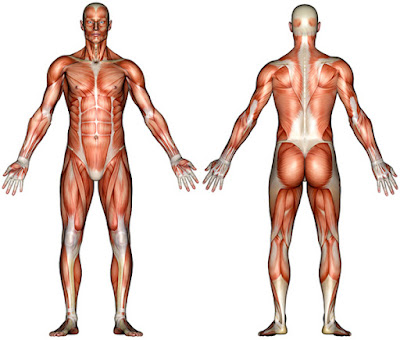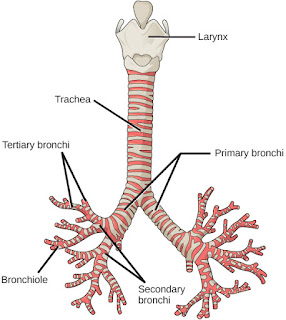Organs And Functions:
Male Reproductive Organs:
- Penis:
The male organ used in sex. It consists of three parts: the root: found in the abdominal wall. The body and glans is the part that gives shape to the penis.
- Scrotum:
It's like a leather pouch containing the testicles, many nerves and blood vessels. The scrotum acts as an air conditioning system because the testes should be at a temperature colder than the body temperature.
- Testicles:
The testiuclos are responsible for testosterone, which is the principal male sex hormone. Most men have two testicles.
 |
| Scrotum And Testicles |
- Epididymo: It's like a long tube that rests on top of each testicle. Transports and stores sperm (producing cells in the testes).
- Urethra:
Is a long tube that carries urine from the bladder to outside the body.
- Seminal vesicles:
They are like bags that are attached to the vas deferens near the bladder. It provides sperm with a source of energy to help them move.
Female Reproductive Organs:
- Labia majora:
Enclose and protect the other external reproductive organs.
- Minor Lips:
It is located inside the labia majora and surround the openings of the vagina and urethra.
- Bartholin Glands:
They are next to the vaginal opening and produce a fluid secretion.
- Vagina:
A canal linking the cervix to the outside of the body.
- Uterus:
A hollow pear-shaped, which is where the fetus will develop organ.
- Ovaries:
They have oval shape located on each side of the uterus. The ovaries produce eggs and hormones.
- Fallopian tubes:
These are narrow tubes that are attached to the top of the uterus and serve as tunnels for the ova.
Webgraphy:
http://www.webmd.com/sex-relationships/guide/male-reproductive-system?page=2
http://www.webmd.com/sex-relationships/guide/your-guide-female-reproductive-system

















































